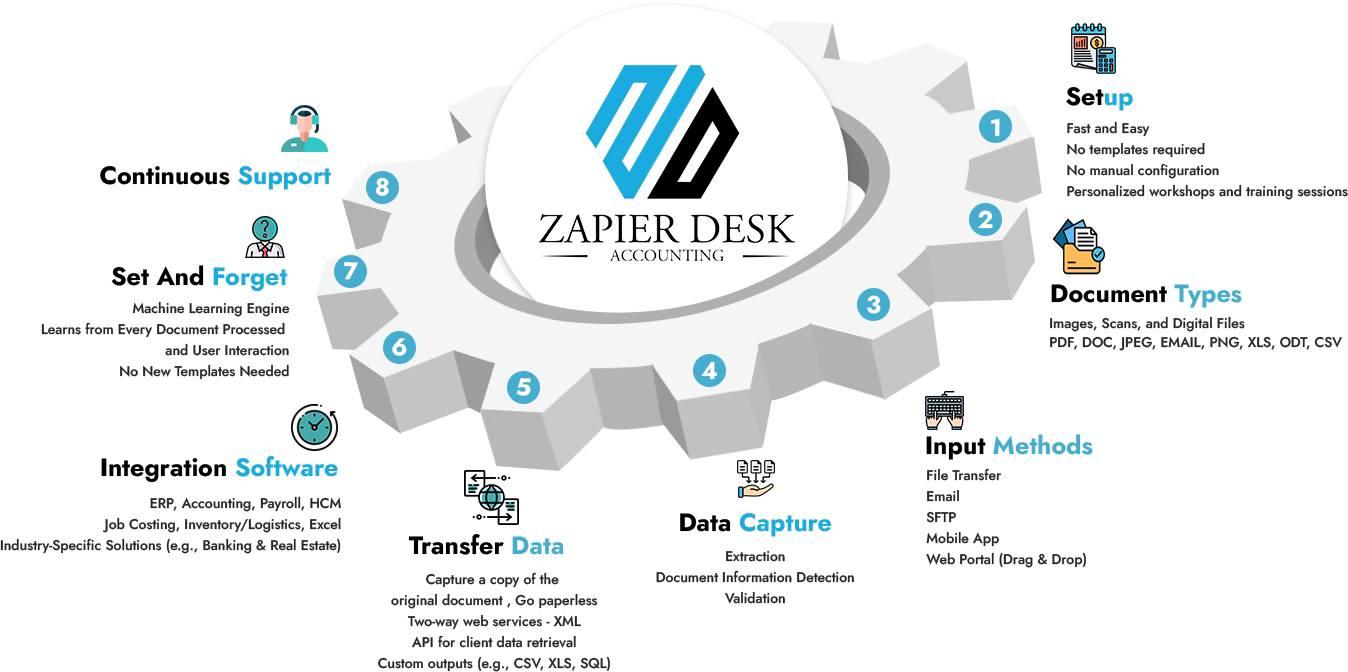Flat vs. Tiered Commissions: What's Better for Unilevel MLM in 2025?

The commission structure you choose defines the long-term success of any Unilevel MLM business. In 2025, where competition is sharper and distributors expect clarity, businesses are rethinking whether to adopt flat commissions or tiered commissions for their compensation plans. Each model carries unique strengths and challenges, and the right decision depends on your company’s growth strategy, distributor motivation, and long-term sustainability.
Understanding Flat Commissions in Unilevel MLM
Flat commissions mean every distributor in the network earns the same percentage across their downline, regardless of rank or level. For example, if the flat rate is 10%, a distributor earns 10% on each sale from their entire team.
This approach emphasizes simplicity and transparency. Distributors do not need to calculate multiple percentages or ranks—they clearly understand what they will earn for every sale generated. Such simplicity often attracts new distributors who want to focus on sales and recruitment without worrying about complicated payout rules.
However, flat commissions may lack the motivational push needed for long-term distributor engagement. Once a distributor builds a steady downline, there is no additional incentive to push further growth. This is where tiered commissions come in.
The Tiered Commission Advantage
Tiered commissions introduce progressive incentives. Earnings vary depending on rank or depth within the network. For example, a distributor might earn 8% on direct recruits, 5% on the second level, and 3% on the third level. As they rank higher, they unlock better commission percentages and deeper earning potential.
This structure builds ambition. Distributors see a clear pathway to grow not just their income, but also their leadership role. Tiered models encourage mentorship, as higher ranks depend on the performance of their teams. For companies, tiered commissions can create a culture of sustained motivation and accountability.
Yet, tiered systems require more robust management. Without proper tools, tracking different rates across multiple levels can be complex. That’s why many businesses rely on Unilevel Network Marketing Software to automate commission tracking and ensure accurate payouts.
Flat vs. Tiered: Which Fits 2025 Better?
Choosing between flat and tiered commissions depends on the goals of your MLM business. Let’s compare both models from a 2025 perspective:
-
Simplicity vs. Scalability: Flat commissions are easier to explain and manage, while tiered commissions offer a scalable path for growth.
-
Short-Term vs. Long-Term Motivation: Flat commissions provide quick transparency, but tiered systems keep distributors engaged over the long run by rewarding leadership and performance.
-
Retention and Support: Tiered commissions encourage mentorship and team support, whereas flat commissions may lead to distributors focusing only on immediate sales.
-
Technology Dependence: Flat structures can be managed manually, but tiered plans require modern software for smooth operations. Businesses adopting Advanced MLM software for network marketers find it easier to handle the complexities of tiered commissions without errors.
Trends in 2025
The modern MLM environment emphasizes both trust and sustainability. Distributors prefer plans that not only reward them but also recognize their leadership contributions. Flat commissions, while clear, are increasingly seen as entry-level strategies. Tiered commissions, when backed by reliable software, are more aligned with today’s expectations of growth, support, and fair recognition.
Furthermore, companies are integrating predictive analytics into their MLM software to evaluate how commission models affect retention rates and sales volume. Data-driven decisions ensure businesses adopt plans that enhance distributor loyalty while securing profitability.
Making the Right Choice
Ultimately, the best choice depends on your company’s vision. If your goal is to launch quickly and attract distributors with a straightforward plan, flat commissions work well. But if you aim for long-term scalability, strong team building, and leadership-driven growth, tiered commissions may be the smarter route in 2025.
No matter which structure you adopt, success relies heavily on the tools you use to implement it. Advanced Unilevel MLM software solutions now offer flexibility, enabling businesses to switch or customize plans without disrupting operations. By choosing the right platform, you can balance simplicity with ambition, ensuring that your distributors remain motivated and your business sustainable.
Conclusion
In 2025, the debate between flat and tiered commissions is less about which is universally better, and more about which aligns with your business goals. Flat commissions win on clarity and ease, while tiered commissions excel in motivation and long-term retention. With the right technology to support your plan, either structure can succeed. The future of MLM lies in creating transparent, rewarding, and technology-backed compensation models that foster both distributor trust and business growth.







